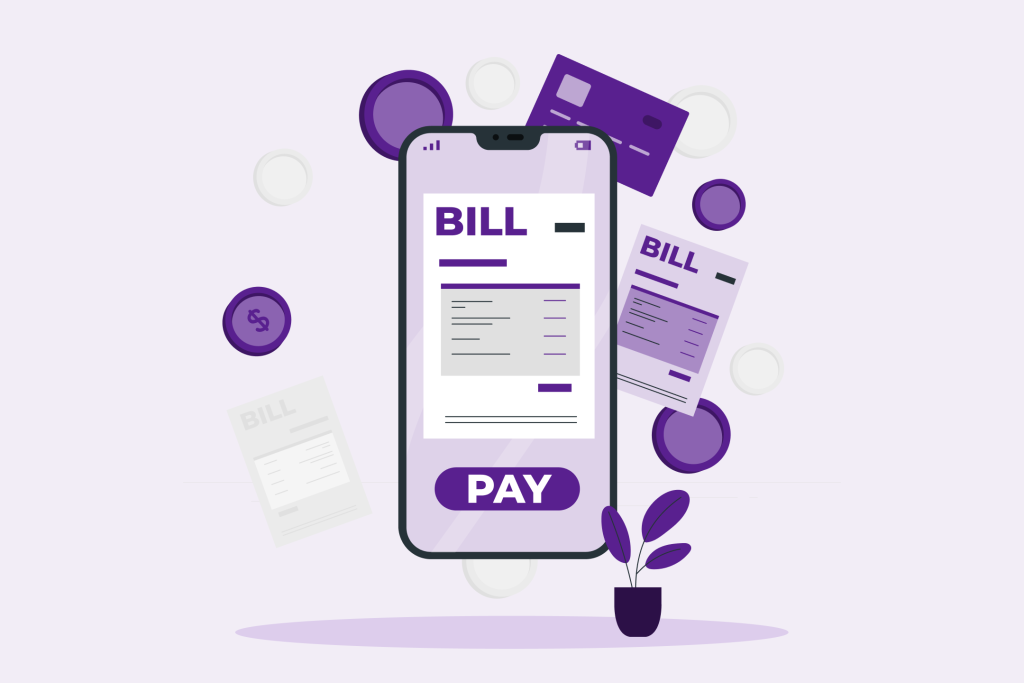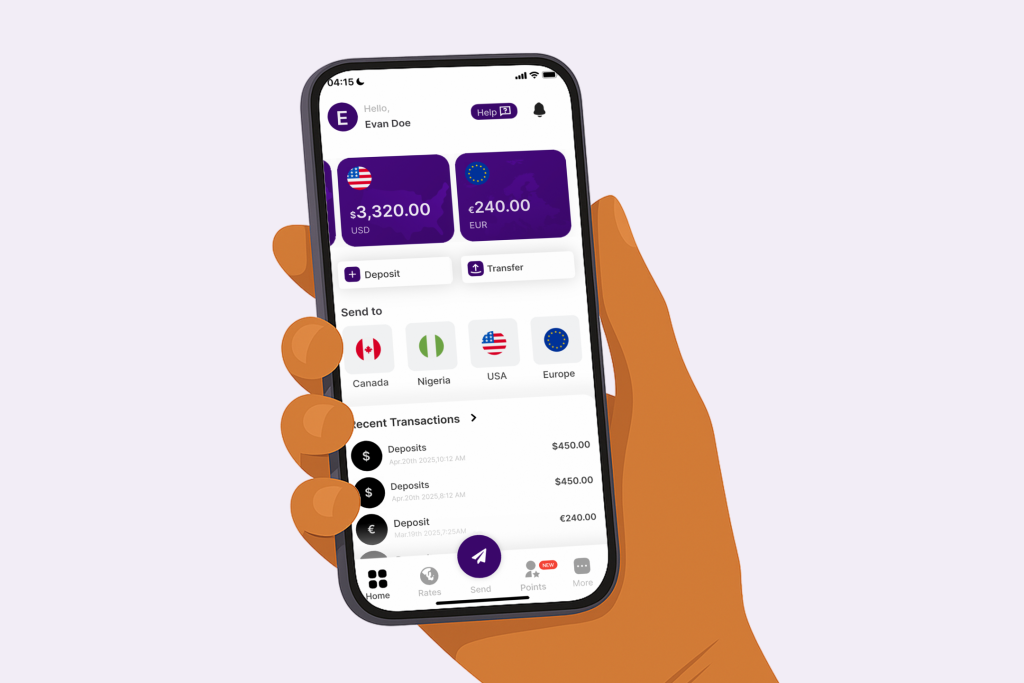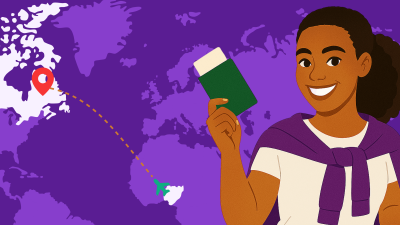Compare living costs in Canada vs the USA for 2025, from housing and healthcare to groceries, taxes, childcare, and remittances. Find out where your money fares in both regions.
If you’re trying to decide between living in Canada or the United States in 2025, the cost of living is likely at the top of your list especially if you;re an immigrant, digital nomad, or international student.. Both countries offer high standards of living, diverse cities, and strong immigrant communities, but how far would your money actually go?
Here’s a side-by-side look at some living expenses of living in Canada or the USA, covering rent, groceries, healthcare, taxes, childcare, and more.:
1. Housing: The USA Offers More Space For Less

Even smaller cities like Ottawa and Halifax in Canada have experienced significant rent hikes due to increased demand and housing shortages. For Canadian cities like Toronto or Vancouver, housing is expensive, like a one-bedroom apartment in downtown Toronto costs about CAD 2,500/month (USD 1,850). Even smaller cities like Ottawa and Halifax have seen high increases in rent prices.
In the USA, housing prices vary and depend on the city and state. A similar apartment in Austin, Texas, might cost you USD 1,600/month, and you’ll also find more affordable options in cities like Atlanta, Phoenix, or St. Louis.
Where’s More Expensive: The USA is more affordable, especially if you’re open to living outside major coastal cities.
2. Groceries: Lower Food Taxes Vs High Import Cost
Everyday essentials like milk, bread, and fresh produce tend to cost more in Canada. A litre of milk can cost you CAD 2.70, and because of limited local growing seasons and import costs, fresh produce is expensive.
While in the USA, grocery prices are lower on average, and states like Texas and Florida have lower food taxes, which means things are cheaper. So, your weekly grocery bill will likely be 10–20% cheaper in the USA. compared to Canada.
Where’s More Expensive: The grocery prices in the US are cheaper, especially if you’re shopping at major chains or discount stores.
3. Healthcare: Free In Canada, Fee-Based In The USA

One of the biggest differences is healthcare. You’ll benefit from universal healthcare in Canada. Once you’re a resident and enrolled in your province’s health plan, most basic services like doctor visits and hospital stays are free. Prescription coverage varies by province but is often subsidised. Because healthcare is privately managed in the USA, it’s more expensive, but it can vary. Unless your employer offers a health insurance plan, you’ll need to purchase private health coverage in the US out-of-pocket.
Even with insurance, expect co-pays, deductibles, and premiums. Even a simple doctor visit without insurance could cost USD 100–200, and emergency care is expensive.
Where’s More Expensive: Healthcare is affordable and accessible in Canada. In the USA, healthcare quality is high, but costs can be unpredictable.
4. Transportation: Depends On The City

Transportation costs are different depending on your lifestyle choice or where you live.
If you live in Canadian cities like Toronto, Montreal, and Vancouver, you’ll have access to decent public transportation networks. A monthly transit pass costs around CAD 156. You can often get by without even having a car.
But many cities in the USA. are often car-dependent, especially in suburban and southern regions. If you live in places like Houston or Atlanta, you’ll likely need a car. Between gas, insurance, and maintenance, you could spend USD 500–600/month on transportation. However, staying in transit-rich cities like New York, Boston, or Chicago means you can use public transport more often, although the fares and passes are more expensive than in Canadian cities.
Where’s More Expensive: Canada has better public transport access in most cities. If you have a car, the costs will be higher in the USA.
5. Utilities & Internet: Roughly Even

Basic utility bills, including electricity, heating, and water, cost nearly the same across both countries. You’ll pay:
- Electricity, water, and heating: CAD 100–150/month in Canada; USD 100–150/month in the U.S.
- Internet: In Canada, the internet can be slightly more expensive, around CAD 80–90/month, compared to USD 60–70/month in the USA
Where’s More Expensive: It’s nearly the same cost, but the internet is cheaper in the USA.
6. Taxes And Take-Home Pay: USA Has The Edge

Income taxes are higher in Canada. If your annual income is CAD 80,000, this means you might have to pay around 28–30% in federal and provincial taxes, depending on the province you live in.
In the USA, income tax varies by state. Some states like Texas and Florida have no state income tax, so your overall rate may be closer to 22–25%, especially if you earn a middle-income.
That means you’re likely to take home more of your paycheck in the USA, depending on where you live and work.
Where’s More Expensive: You’ll often keep more of your income in the USA, especially if you live in tax-friendly states.
7. Childcare And Family Support: Canada Offers More Help

If you have kids or plan to, childcare would impact your budget. There are many provinces in Canada that have rolled out subsidised childcare programs. In Ontario and British Columbia, for example, you could pay as little as CAD 10/day under the national early learning plan.
In the USA, childcare costs are higher. You can expect to pay USD 1,200–1,800/month per child for full-time daycare in urban areas. Access to government support for families in the US is more limited and not standardized like Canada’s national childcare system..
Where’s More Expensive: Canada is far more affordable when it comes to raising young children.
8. Education: Public Systems Costs in Canada vs USA

For public primary and secondary schools, Canada and the USA have strong systems, though funding and quality are different by region.
For higher education, Canadian universities are more affordable for domestic and permanent residents. Tuition averages CAD 7,000/year. In the USA, private universities often cost significantly more than public ones with average cost around USD 10,000–20,000/year, and the former higher.
Where’s More Expensive: If you plan to study or have kids in school, Canada is generally more cost-effective.
9. Sending Money Home

Whether you’re supporting family or investing back home, sending money internationally can be costly. In both Canada and the USA, traditional banks and some remittance providers charge high transfer fees and poor exchange rates. That’s where CadRemit comes in. With low fees, real-time exchange rates, and instant delivery, you can save costs every time you send money home.
Where’s More Expensive: Sending money from Canada or the USA can be expensive, but with CadRemit, it doesn’t have to be.
So, what’s more expensive in 2025: living in Canada or the USA? It depends on your priorities.
If you value lower healthcare and childcare costs, then Canada should be on your radar, as it offers more long-term savings and support. And if lower housing costs, more take-home pay, and cheaper groceries are more priorities, then the USA may be a better financial fit. Both countries have their pros and cons.
So, your choice? Depends on your lifestyle, job opportunities, family situation, and the kind of environment you want to live in. And with the right planning, you can make either one work.




